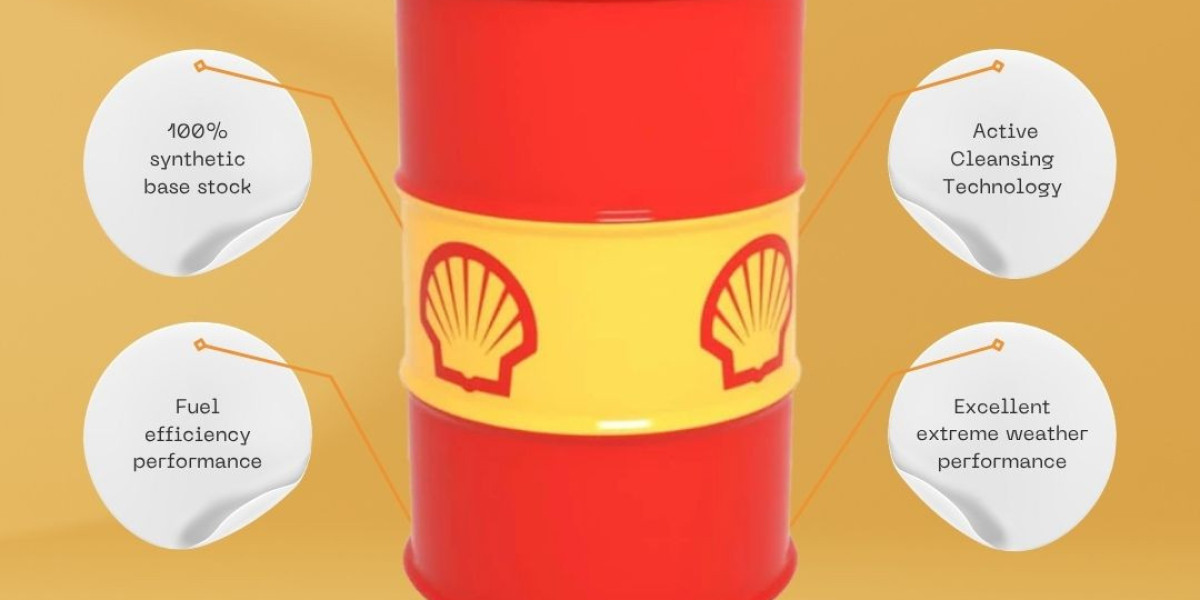Introduction to Heat Transfer Oil
Ever wondered how industries manage to heat things up—or cool them down—without using fire or water? That's where heat transfer oil steps in. It's not your average cooking oil. This fluid is a high-performance medium used to move heat from one place to another in industrial systems.
In this guide, we’ll break it all down—from what it is, how it works, where it’s used, and why it’s essential. Whether you're in engineering, manufacturing, or just curious, you're in for a knowledge-packed read.
Why Heat Transfer Oil Matters
Applications in Industry
Industries rely on heat transfer oils (also called thermal oils) to regulate temperature in systems where direct heat isn’t practical or safe. You’ll find it everywhere—from plastic molding to oil refineries.
Daily Life Uses
And guess what? You’re probably benefiting from it without even realizing. Think about the plastic containers in your fridge or the packaged snacks you enjoy. Somewhere along the line, heat transfer oil played a part in the production process.
How Heat Transfer Oil Works
Basic Principle of Heat Transfer
Let’s make this simple. Heat transfer oil works by absorbing heat from one area and releasing it into another—just like a delivery service, but for thermal energy.
Conduction, Convection, and Radiation
It typically operates using conduction and convection. The oil gets heated in a coil or boiler, then it flows through pipes, carrying that heat to another part of the system. Some setups also involve radiant heat, depending on the application.
Types of Heat Transfer Oils
Mineral-Based Oils
Derived from petroleum, these oils are cost-effective and widely used across various industries due to their reliable performance and accessibility. They provide reliable thermal stability and are readily available for a wide range of applications.
Synthetic Heat Transfer Oils
Looking for higher performance? Go synthetic. These oils handle extreme temperatures better and last longer—ideal for high-demand systems.
Silicone-Based Oils
Want something super stable? Silicone oils handle very high and very low temperatures without breaking a sweat. They’re great for specialized or sensitive applications.
Key Properties of Heat Transfer Oils
High Thermal Stability
These oils are designed to resist breaking down, even under intense heat. This keeps the system running efficiently for long periods.
Low Viscosity
Nobody likes a sluggish fluid. A low-viscosity heat transfer oil flows easily, allowing heat to move more freely through the system.
Oxidation Resistance
Ever seen oil turn black and sludgy? That’s oxidation. High-quality oils resist this, which means less gunk, better heat transfer, and longer equipment life.
Choosing the Right Heat Transfer Oil
Temperature Range
One of the first things to consider is the operating temperature. Some oils are better for low temps, others for high. Matching the oil to the temp range ensures efficiency and safety.
Fluid Longevity
Look at how long the oil can last before needing replacement. The longer it lasts, the fewer maintenance headaches you’ll face.
Safety Considerations
Flammability, toxicity, and vapor pressure are all part of the safety equation. Always check these before choosing a product for your system.
Benefits of Using Heat Transfer Oils
Energy Efficiency
Using the right thermal fluid can save energy—a big win for both the environment and your wallet. Better heat transfer = less energy wasted.
Maintenance Savings
High-quality oils break down less frequently, reducing maintenance costs and avoiding downtime.
Common Industries That Rely on Heat Transfer Oil
Food Processing
From frying to drying, thermal oils help control temperatures precisely—without contaminating the product.
Chemical Manufacturing
In chemical reactions, even a few degrees can change the outcome. Heat transfer oil gives precise temperature control for consistent quality.
Plastic and Rubber Industries
Injection molding, extrusion, and vulcanization processes often require carefully controlled temperatures. That’s where these oils shine.
How to Maintain Heat Transfer Oils
Regular Testing and Sampling
You wouldn't run your car without checking the oil, right? Same goes here. Regular testing ensures the oil isn’t degrading or becoming contaminated.
Avoiding Contamination
Water, air, and other chemicals can compromise heat transfer fluids. Keep the system sealed and clean to avoid problems down the line.
Environmental and Safety Concerns
Disposal Regulations
Used heat transfer oils must be disposed of according to local regulations. Many are recyclable, but improper disposal can harm the environment.
Fire and Health Safety
Some thermal oils can be flammable or release toxic fumes if overheated. Always follow safety protocols and ensure proper ventilation.
The Future of Heat Transfer Oils
Green Alternatives
There’s a growing push for eco-friendly heat transfer oils—biodegradable, non-toxic, and sourced from renewable materials.
Technological Advancements
Expect smarter systems that monitor oil health in real-time, automatically detect contamination, and optimize performance.
Final Thoughts
So, what is heat transfer oil? It’s the unsung hero of modern industry. From heating up your frozen pizza in a factory to helping make the car you drive, it’s everywhere—and crucial. Understanding how it works, choosing the right type, and maintaining it properly can make a world of difference in system performance and safety.
FAQs
1. What is heat transfer oil used for?
Heat transfer oil is used in systems where controlled heating or cooling is needed, such as in chemical plants, food production, and plastic manufacturing.
2. How do I choose the right heat transfer oil?
Consider factors like temperature range, oxidation stability, safety ratings, and how long the fluid lasts under your specific operating conditions.
3. Can I mix different types of heat transfer oils?
Generally, no. Mixing oils can lead to chemical incompatibility and performance issues. Always consult the manufacturer before mixing fluids.
4. How often should heat transfer oil be changed?
This varies by system and oil type, but many need replacement every 1–5 years. Regular testing helps determine the right timing.
5. Is heat transfer oil safe?
Most are safe when used correctly, but always follow safety guidelines. Some can be flammable or release fumes if overheated.
Contact Us:
? 23-KM Ferozepur Road, Near Total Petrol Pump, Lahore, Punjab
? +92 320 4074297 | +92 42 35271033
✉️ info@petrogiant.com
? www.petrogiant.com







